Search Results
Search
Filter results
Advanced Filters
Your search returned 98 Solutions
-
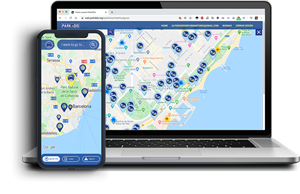
Web/App identifying the location of parking spaces for people with disabilities
Park4Dis is a free EU-wide web/app that locates accessible parking spaces. Launched by the NGO Asociación de Personas con Movilidad Reducida from Spain, it is financed through subscriptions sold to municipalities, but also to tourist boards and shopping centres.
AsoPMR - Association of People with Reduced Mobility, Park4Dis, Spain -
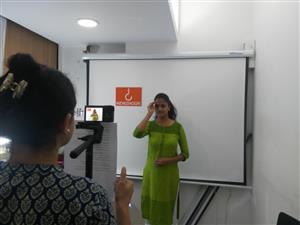
Easy access to news for persons with disabilities
Newz Hook provides easy access to news for persons with hearing and visual impairments as well as intellectual disabilities. It also informs parents and special educators on innovations. Between 2016 until 2017, Newz Hook has gained 8,000 users of the app and 20,000 users who read the news every day on the website.
BarrierBreak, Newz Hook, India -
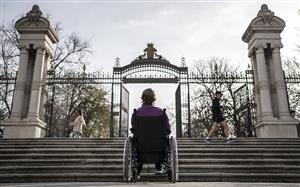
App facilitating citizen reporting of accessibility barriers
The AccesibilidApp was developed by COCEMFE and Vodafone and enables citizens to report accessibility and mobility barriers in their built environment. COCEMFE will then contact those responsible to remove these barriers. Since 2014 a total of 2,331 cases have been reported by 1,355 users.
COCEMFE - Spanish Confederation of People with Physical and Organic Disabilities, Accessibility App, Spain -
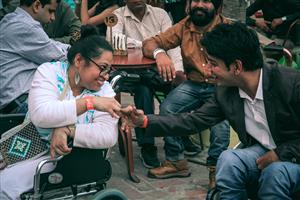
Social Platform Tailored for People with Disabilities
Inclov stands for "inclusive love" and is a matchmaking app for people with and without disabilities to make friends and connections. One of the profile items asks about disabilities, if any, including the level of dependency. Inclov reviews applications and verifies stated contact details. In 2018, Inclov had some 50,000 subscribers.
Inclov, Matchmaking App, India -
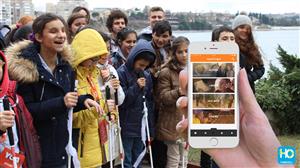
Audio descriptions-app making movies accessible for the blind
My Dream Companion was developed by visually impaired YGA graduates and Turkcell, a mobile phone operator. The cost-free app provides audio descriptions of movies without requiring any other equipment or software. From 2015 to 2017 approximately 180,000 persons have benefitted from the app.
YGA - Young Guru Academy, My Dream Companion, Turkey -
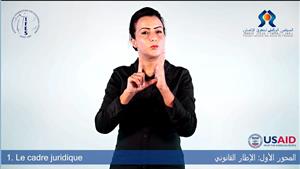
Capturing and distributing critical election-related sign language
With the "Electoral Sign Language Lexicon" IFES captures critical election-related sign language vocabulary. For explanation there are books, the Internet and an app. Train-the-trainer workshops are also available. Over 300 books have been distributed and the app has been downloaded more than 500 times.
IFES - International Foundation for Electoral Systems, Electoral Sign Language Lexicon, Libya -
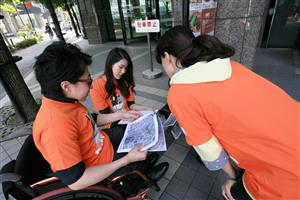
Sharing the accessibility information of points of interest using apps and crowd sourcing
In 2016 Mirairo launched a smartphone application with a screen reader function for collecting and sharing information on the accessibility of points of interest for persons with diverse needs including persons with disabilities, older persons, and tourists. In less than a year some 67,000 locations were uploaded.
Mirairo Inc., Bmaps app, Japan -
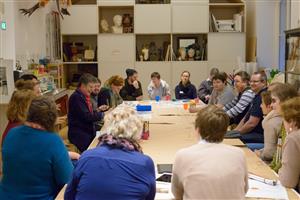
Multi-stakeholder groups developing accessibility solutions in museums
ARCHES is an EU-funded project that brings together partners from the fields of culture, technology, and academia, as well as people with disabilities. The programme develops, tests, and implements solutions to improve access to culture. Innovations include tactile art and an app to aid museum navigation.
KHM - Museum of Art History Vienna, ARCHES, Austria -
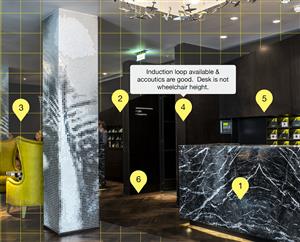
Picture galleries providing comprehensive insight into a venue´s accessibility
The Blue Badge Style Access Gallery features images of venues, hotels, and restaurants overlaid with notes on accessibility features. The information can be accessed via an app through the Blue Badge Style website, a British disability organization, or via the venue’s website.
Blue Badge Style, Blue Badge Style Access Gallery, United Kingdom -
An app reviewing the accessibility of locations by user’s “yes” and “no”
Access Earth discovered that a simple yes or no answer provides much more clarity than an elaborate three-star rating. One of the main focuses of the website and the app is to create an element of ease in the rating process. This allows users to make a quick, yet valuable, rating of a venue with the option to add any comments.
Access Earth, Ireland